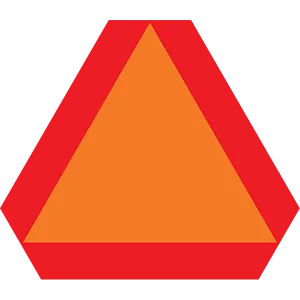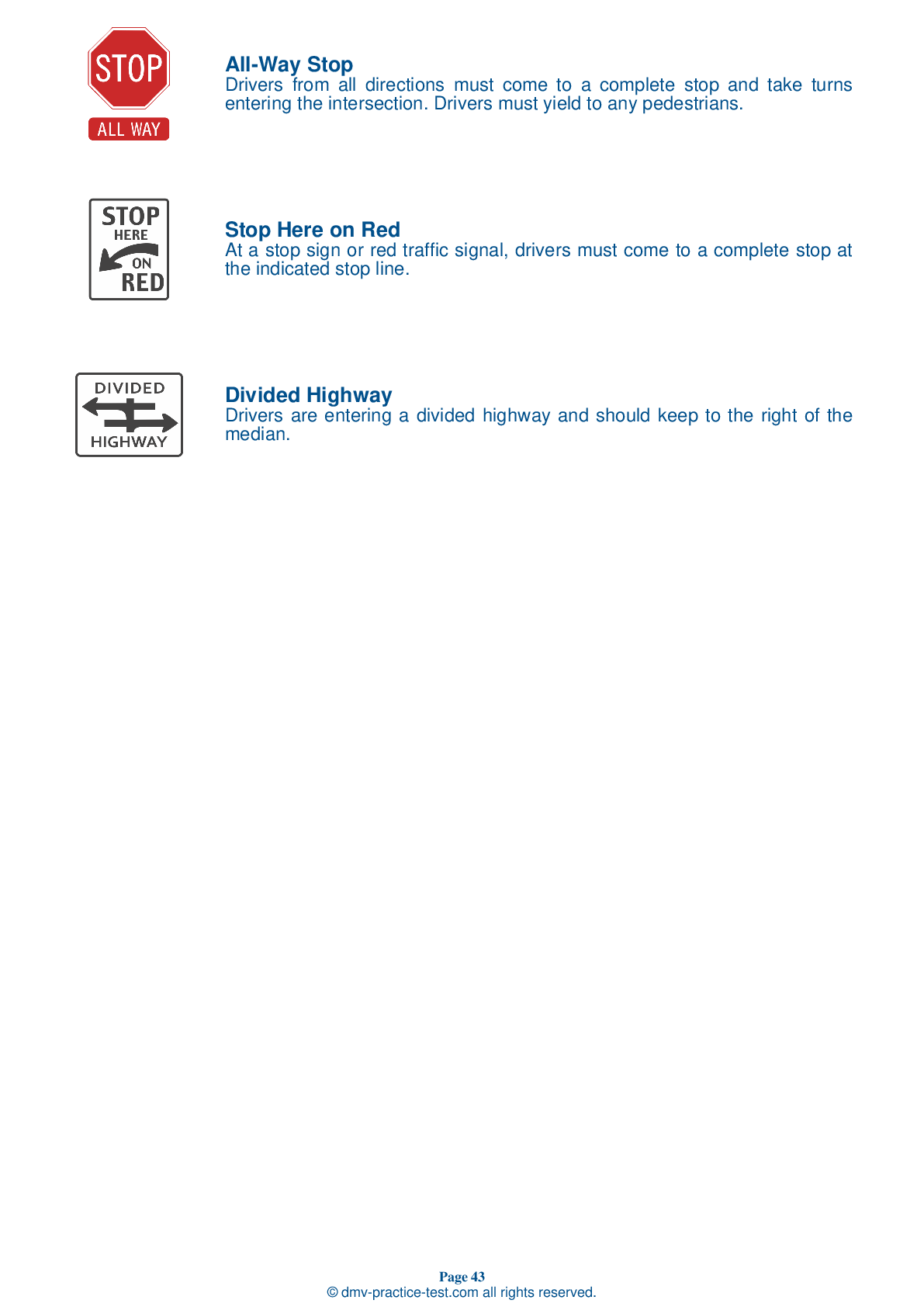FREE Connecticut DMV Practice Test #8 Page 3 of 3
This set of Connecticut DMV practise tests was just updated for January 2025. It includes questions based on the Connecticut Driver Handbook's most essential traffic signs and regulations for 2025. Use actual questions that are very similar (often identical!) to the DMV driving permit test and driver's licence exam to study for the DMV driving permit test and driver's licence exam.
Each practise test question has a hint and explanation to assist you in remembering the concepts. The written component of the official DMV test will include questions about road rules, traffic signs, and driving statutes, as well as information from the Driver Handbook.
To achieve the required passing grade, you must correctly answer 20 of the 25 questions. Take our DMV practise exam to help you prepare for your Connecticut instruction permit or driver's licence.
The DMV exam is available in several languages.
Using any form of testing help will result in an automatic fail, and the DMV may take further action against your driver's licence, so avoid it.
17 . If a truck or bus is making a right turn where you also need to make a right turn, you should:
If you try to insert your vehicle between a turning truck or bus and a curb, you may suffer a serious crash. To avoid a collision, do not turn until the truck or bus has completed its turn.
18 . Vehicles stopped behind a school bus with its red lights flashing must remain stopped until:
When a school bus is flashing its red lights and has its stop arm extended, motorists must come to a full stop until the lights are turned off, the stop arm is withdrawn, and the bus begins moving again.
19 . You must show proof of insurance to law enforcement:
You must have evidence of financial responsibility, such as proof of insurance, with you whenever you drive. You must always show proof of insurance and your license to an officer upon request after a traffic stop or collision.
20 . An orange and red triangular sign on a vehicle always means:

Slow-moving vehicles, such as farm tractors, road maintenance vehicles, and animal-drawn carts, display an orange and red triangle on the back.
21 . This sign means:




